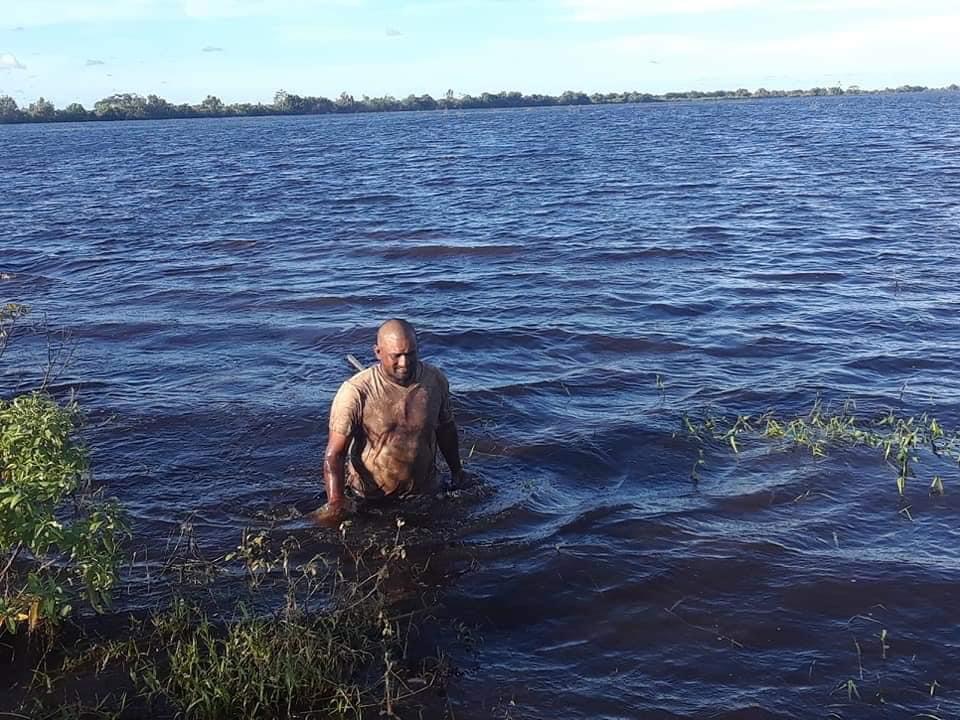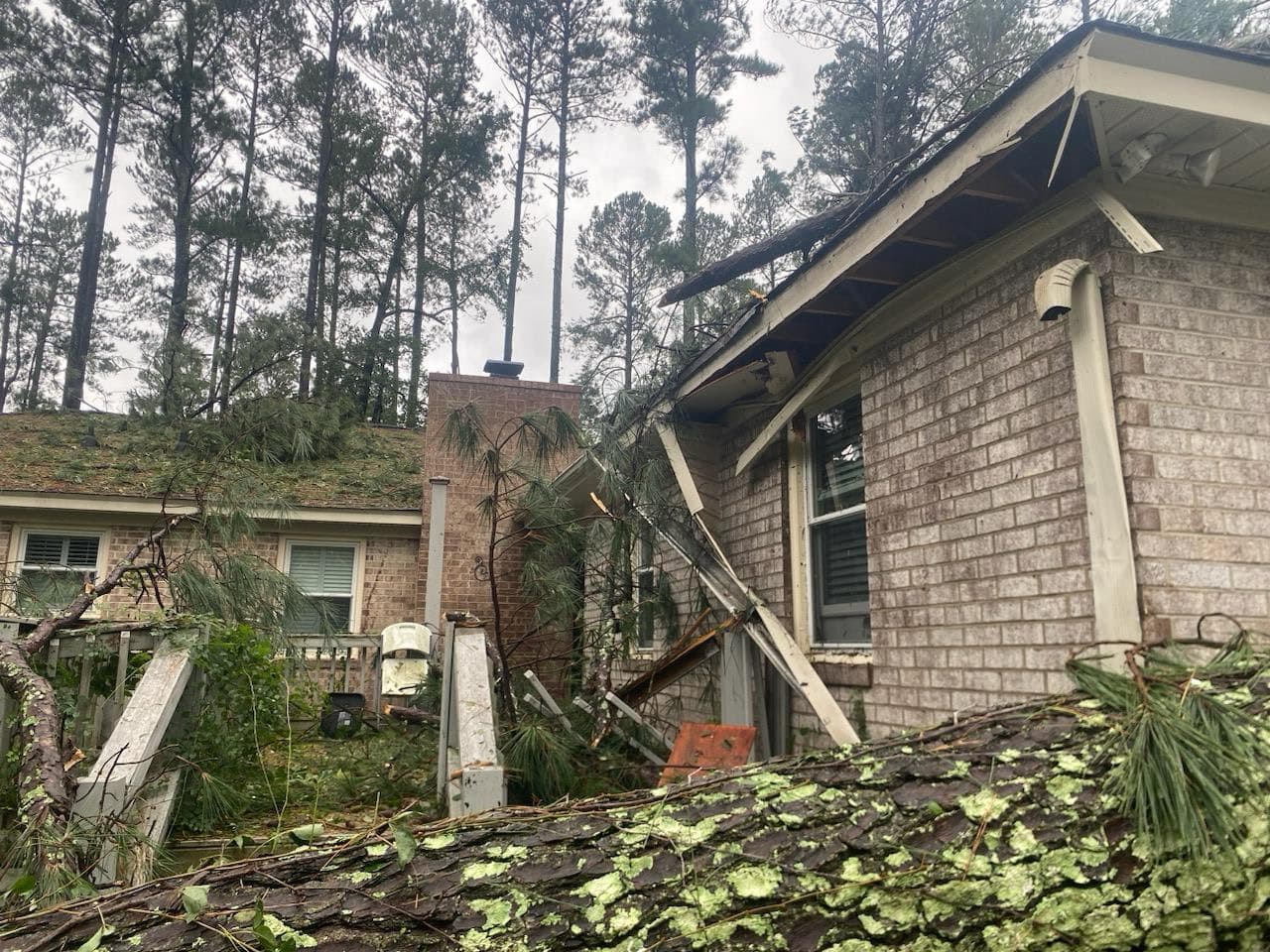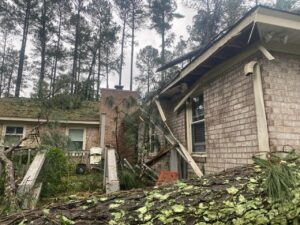Report: RAINFALL AND FLOODING CRISIS IN GUYANA MAY/JUN 2021
Introduction
The PM OF GUYANA announced yesterday that some 29,300 households in more than 300 communities have been affected by the current floods. In his words, “The massive rainfall experienced in May alone, was recorded as the second-highest rainfall across the country in the last 40 years.”
In Guyana, there is a long wet season running from April to August, and a short wet season, from December to early February. Often in the south and especially in the Rupununi (Region 9) the latter season does not occur. The annual average rainfall in Georgetown is about 90 inches (2,290 mm), and on the interior Rupununi Savanna it is about 70 inches (1,800 mm). Variations in rainfall patterns in Guyana and its neighbors are associated with large variations in fluxes of water released from tropical rivers e.g. for the Amazon (Mayorga et al., 2005, Richey et al., 1990, Tomasella et al., 2011), Orinoco (Battin, 1998, Yamashita et al., 2010) and Essequibo (Pereira et al., 2014) rivers. These variations in Guyana’s climatic patterns determine tropical crop production and many economic activities and unlike many states in the region are not a result of actions such as deforestation in Guyana itself. In fact, Guyana’s rate is globally low, one of the lowest in the world.
The current consequences of the exceptional rainfall
People living on Guyana’s coastal strip are caught between the sea and the sea defences (walls) in the north and the huge Conservancy in the south which includes many hectares of flood plains surrounded by 10 to 12 foot dykes to hold/retain water for agricultural purposes in the dry season. In 2005 failure of this infrastructure in the face of a high lunar tide and unusually heavy rains combined to inundate areas occupied by nearly half the country’s population. In Georgetown, the country’s capital, and in coastal communities, thousands were forced to flee their homes, navigating flooded streets in cars and old refrigerator boxes, which were converted to boats. Flood waters are reported to have reached as much as five feet in some places.

The map below shows Guyana’s Administrative Regions and the official classification of the impact of the flooding in these regions. The agency in Guyana for coordinating assessment and relief is the Civil Defence Commission (CDC). It works alongside many other sectoral and emergency agencies.
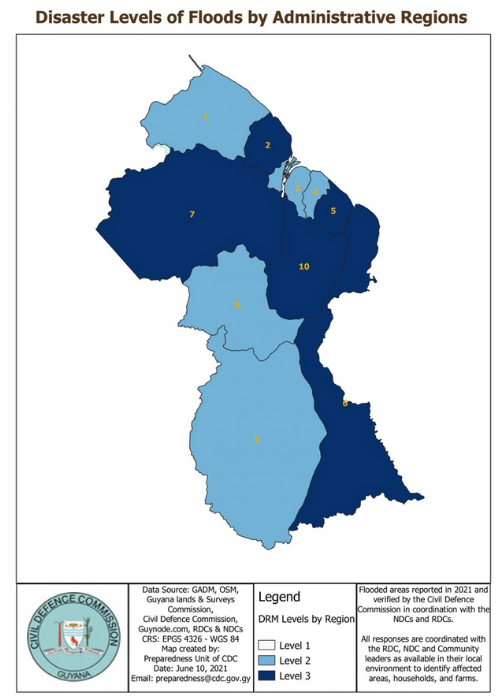
Since December 2020 Guyana has been experiencing an excessive amount of rainfall in the sense that there has been no lull between June and the short wet season, which should have ended in February. What is more, meteorologists expect these unseasonal and heavy rains to continue into August. Since late May therefore, the coastal areas, including the capital, have again been inundated as a result of the exceptional rains but on this occasion hinterland areas such as the Pomeroon and Bartica have, in addition to direct rainfall, also faced the consequences of rising river levels from the flows of rivers such as the Pomeroon, Cuyuni, Essequibo and the Rupununi coming from the highlands across national borders.
The current situation arising from this has been classified by the local body which is part of, and reports to, CARICOM (the Caribbean regional body) as Level two overall. The impact of the flood varies across the country’s regions. Regions 1, 3, 4, 8 and 9 are classified as Level 2 but have limited capacity to cope, while regions 2, 5, 6, 7 and 10 are classified as Level 3. The latter reflects a higher degree of flooding.
More specifically, flooding as a result of high tides have been described as the “worst flooding ever seen”, and hundreds of families have been affected in regions 1, 2, 7 and 8. In Batavia, Region Seven, for example, water levels are still as high as four feet. The Regional Executive Officer of Region Two has described the 2005 flood, the previous worst, as ‘nothing compared to the recent flooding’. Some farms have been under three feet of water which has not been receding.
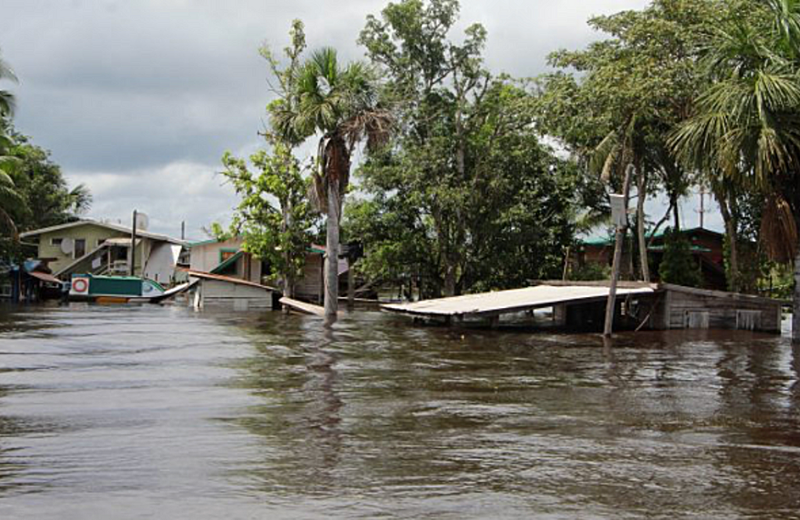
Conclusion
As a consequence, there has been an intensive effort to provide necessary assistance, ranging from shelter, fresh water, food, and medicines to the affected communities. Many agencies and communities such as university authorities and students have also volunteered material, financial and technical assistance. Furthermore, regional and international support has been sought by the Government to help the country recover from the impact of the floods.
How Can You Help?
Join with us as we send aid – food, clothing, and other resources to Guyana to help care for the families impacted by these floods.


